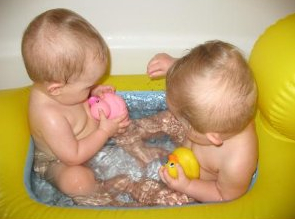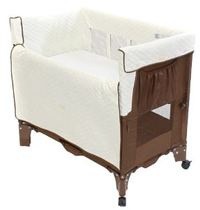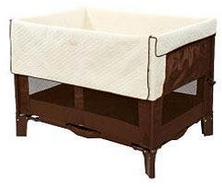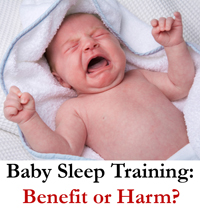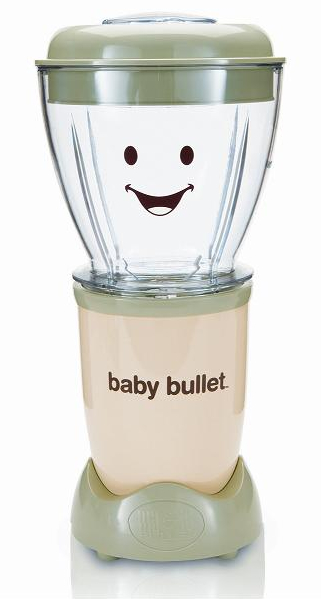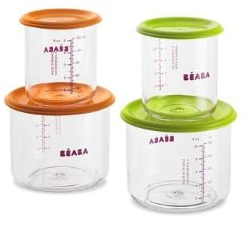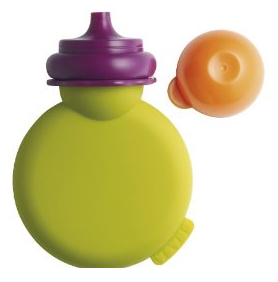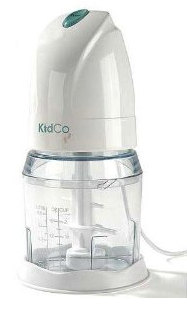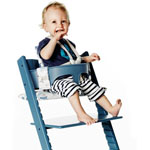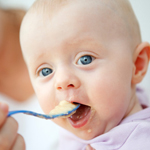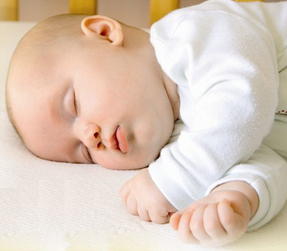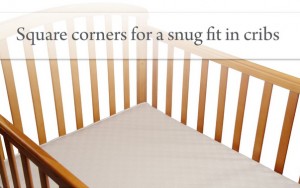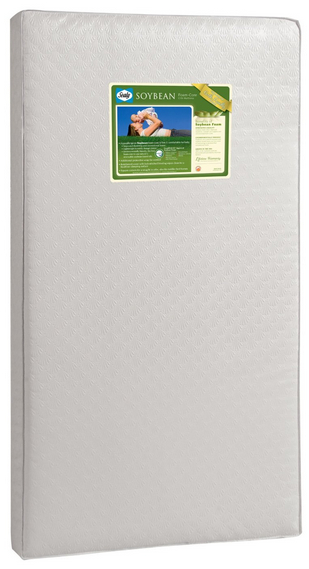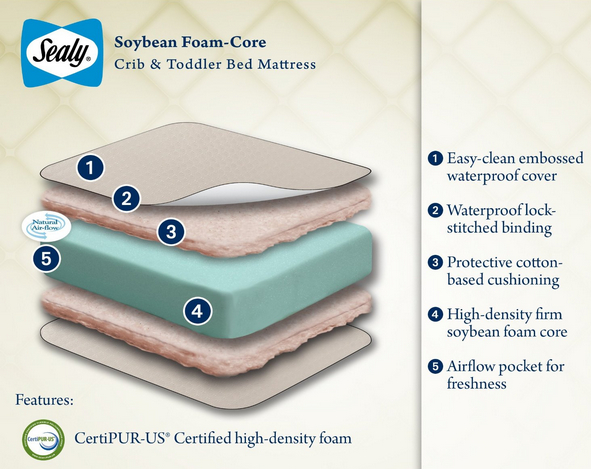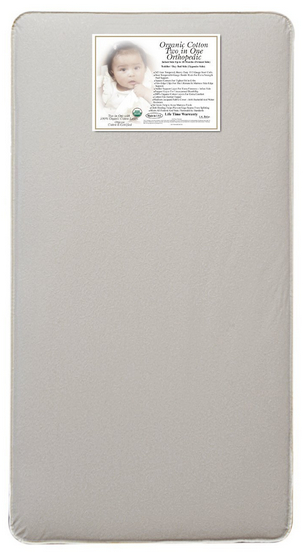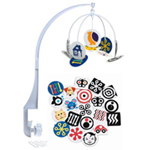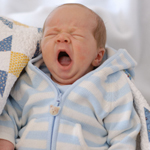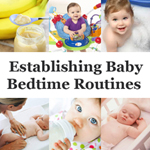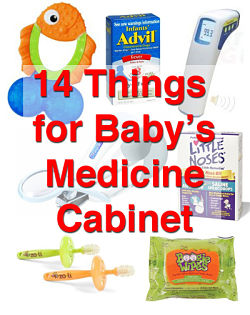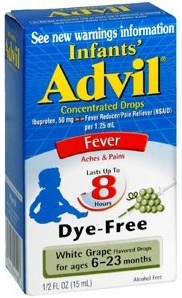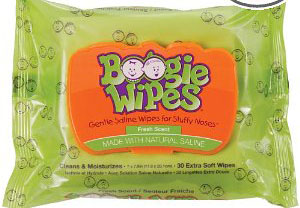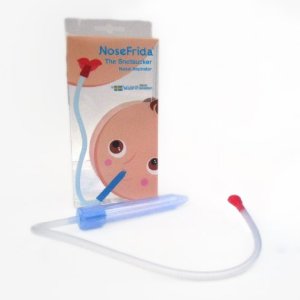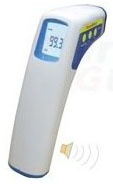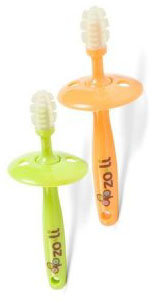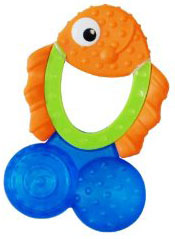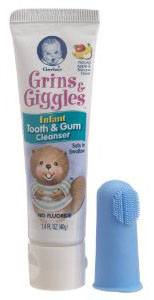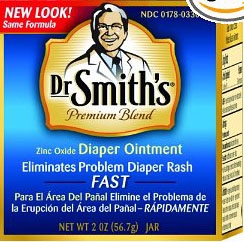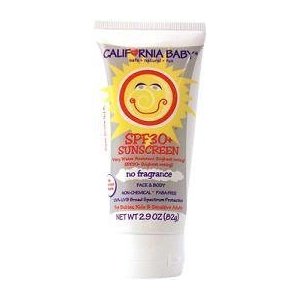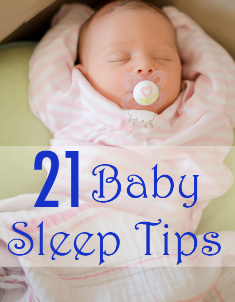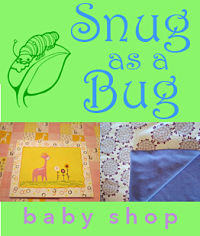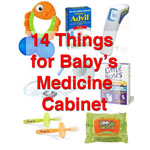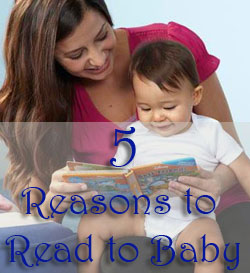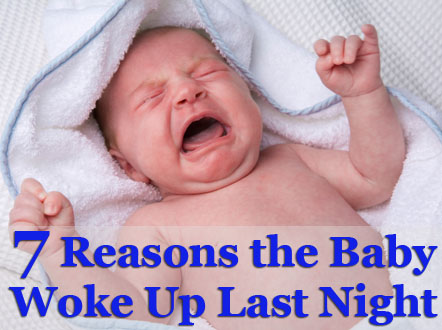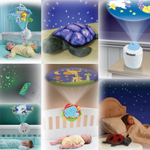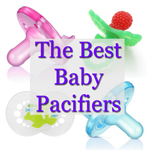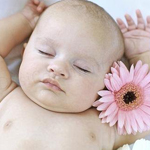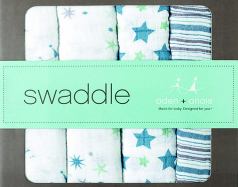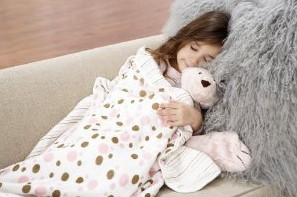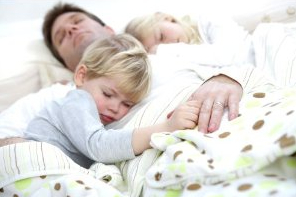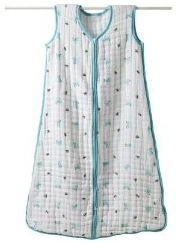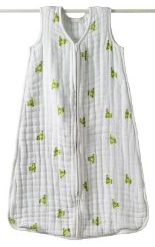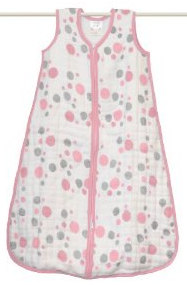One of the best techniques for helping your baby prepare for bed at night is a nice, warm, relaxing bath. There’s just something about the soothing comfort of the water, the brief chill of drying off, and then the unparalleled feel of dressing in warm pajamas. It’s why the bath-bottle-bed sequence is one of the most classic and effective bedtime routines for baby sleep training.
Getting the bath just right will help prepare your little one for bed. It’s not just about getting your baby clean… a good bath should be fun and relaxing for both of you! Here are seven steps to getting it right.
1. Use a Baby Bath Seat or Bathtub
First things first, set up a bath seat or small bathtub for your baby. These are much easier to use and safer when bathing infants. They have soft sides, they don’t take nearly as much water, and they’re far more colorful and inviting to your little one. Most baby bathtubs also provide crucial sitting support that your baby will need until he or she can sit independently.
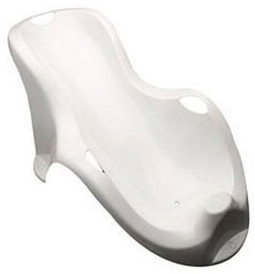 |
 |
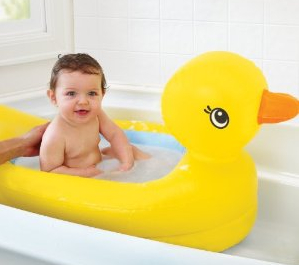 |
| Primo Infant Bath Seat For small infants up to 18 pounds and 28″ long, this infant bath seat made of non-toxic resin provides comfortable support for bathing them in a bathtub or even a large sink. |
Fisher-Price Pink Sparkles Bath Tub Here’s a fun baby bathtub for girls: it has sling supports for infants, and a “baby stopper” for when they get bigger. |
Munchkin Safe Inflatable Tub This inflatable ducky bathtub gets crazy-good reviews and has a white-hot water temp warning disc. |
2. Get Comfortable at the Bathtub
A baby bath won’t be very pleasant if either you or the munchkin are uncomfortable. Sadly, this is often the case when you have to kneel on a hard bathroom floor. A few things can solve that: a soft bath sponge for the inside of the tub, and a thick bath mat or kneeler on the outside for you. Also, a non-slip mat will help keep your baby bathtub from sliding around in the tub.
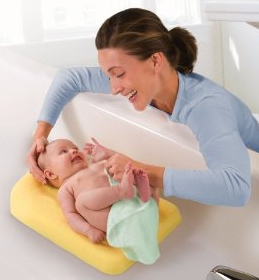 |
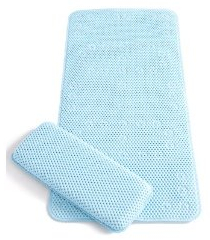 |
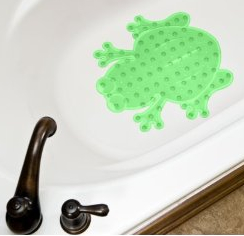 |
| Summer Comfy BathSponge A soft, contoured sponge that cradles your newborn in the bathtub. |
Clevamama Mat and Kneeler An extra-long nonslip mat that would accommodate two babies at once, and a soft kneeling pad for your old bones. |
Mommy’s Helper Froggie Bath Mat A fun, nonslip bath mat for the tub or sink to go under your baby’s bath sponge or tub. |
3. Get the Water Just Right
I’ve occasionally made the mistake of getting the water temperature wrong, and frankly the best thing you can do is dump it out and start it over. The correct (and safe) temperature for a baby’s bath is around 90-95 degrees Fahrenheit. That should feel slightly warm to the touch, but certainly not hot. Usually it’s best to fill the tub and check the temperature before you’re holding a naked baby — the running faucet can be scary to little ones, and also might be prone to sudden temperature changes.
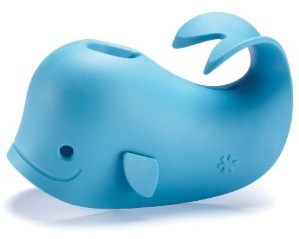 |
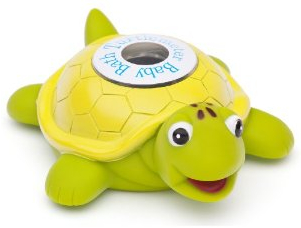 |
| Skip Hop Bath Spout Cover This BPA-free rubber spout cover protects your little one from the metal spout and adds fun to bath time and fits most spout models. |
Turtlemeter Floating Bathtub Thermometer This floating water-activated “turtlemeter” lets you monitor the bathwater to get just the right temperature. |
4. Wash with Gentle Soap and Washcloths
I like to mix about a couple of teaspoons of baby wash into the running water while the tub is filling. In addition to giving your baby a good soak (which does wonders for the diaper area), be sure to wash every nook and cranny with a soft baby washcloth. This becomes especially important once your baby starts eating solid food, which tends to get all over them (and you, for that matter).
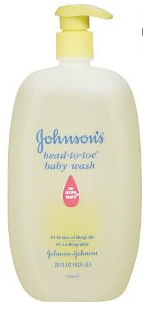 |
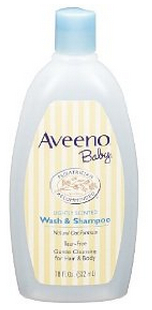 |
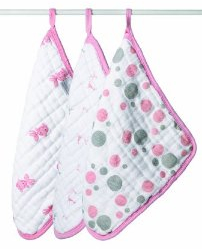 |
| Johnson’s Head To Toe Baby Wash The old standby of baby baths since I was an infant is from Johnson’s, a soft, tear-free, faintly scented baby wash. |
Aveeno Baby Wash & Shampoo I love the oat-based products from Aveeno; their tear-free wash and shampoo makes baby skin even softer. |
aden + anais 3 Pack Muslin Washcloths As my readers know I’m crazy for the Aden+Anais swaddle blankets, so I was thrilled to see they make washcloths of the same super-soft muslin. |
5. Bath Time is Play Time
Once your little one is all cleaned off, let him or her enjoy playing with the bubbles and water and (ideally) some colorful bath toys. You want to make the bath a “fun time” rather than a chore. Our boys’ favorite bath time toys include:
- Boats and rubber duckies of various sizes
- Play cups and buckets for pouring
- Squeezable water animals that fill up with water
- Bath blocks that stack and float
We also try to let them take the washcloth too and practice washing with it.
6. Get Dry and Warm with Baby Towel and Bathrobe
You’ll want to have at least one hooded baby towel within reach to get your baby dried off. Make it quick and wrap them up to keep warm while you carry them back to the nursery. A little terry cloth robe with hood is a cuddly and adorable way to make this journey. You can add to the spa experience by rubbing baby’s legs and trunk down with some baby lotion (most babies either love or hate this).
 |
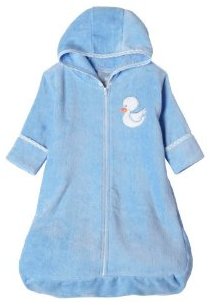 |
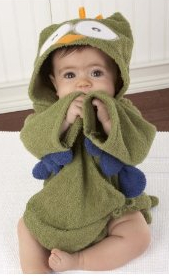 |
| Spasilk Hooded Terry Bath Towel Hooded bath towels like this one (100% cotton) are great to warm baby’s head and get him or her dried off. Comes with 4 matching terry washloths. |
Velour Hooded Bath Bag Newborns get cold easily, so here’s a great way to keep them warm on the journey back to the diaper changer. |
Little Night Owl Hooded Robe How cute is this Baby Aspen terry cloth robe to keep your little owl warm after bath time? |
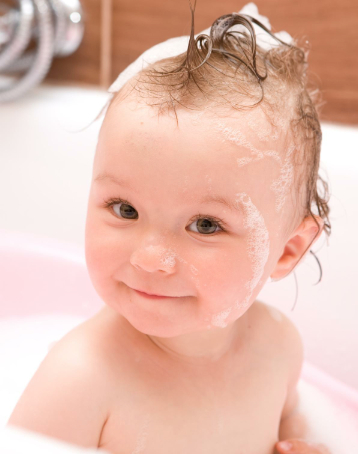 7. The Closer: Clean Diaper, Warm Pajamas, Bottle, and Bed
7. The Closer: Clean Diaper, Warm Pajamas, Bottle, and Bed
Once you’ve completed the bath and dried your little one off, get him or her dressed in an overnight diaper and some clean, soft pajamas. Something about this whole process usually makes them ready to drink a good bottle of warm milk or formula. Or to nurse. Fill that belly, then burp, and don’t delay in putting your little one in the crib for a long sleep. This is a proven bedtime routine, and you can hope for a wonderfully uninterrupted stretch of sleep afterward.
Learn to Love the Baby Bath
Enjoy your baby’s bath! Tickle their cute little bottom, splash and play with them, enjoy their floofy hair the next day. Blow bubbles. When they’re old enough, you can even show your babies how to put baby shampoo in their hair. Just don’t let them drink the bath water. It varies from baby to baby, but all of them eventually try to drink the bath water (or suck it out of the washcloth). Yech!
It may seem like a chore, but you should cherish every moment of a baby bath. They’ll never be this little again!
